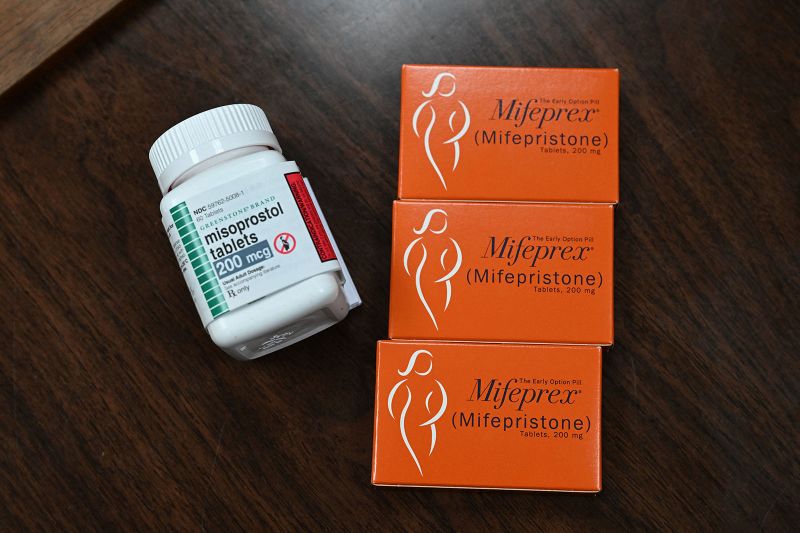Fluoride in water prevents some cavities but concern about health risks raises questions about the tradeoffs

The public health practice of adding fluoride to water supplies faces new scrutiny as a few recent reports raise concerns about potential health risks and suggest the benefits may not be as significant as they once were.
A new report from the Cochrane Collaboration, an independent group that systematically analyzes scientific research, found just a slight benefit in adding fluoride to tap water, leading to slightly fewer cavities in children’s baby teeth.
Research from before 1975 showed large benefits; children living in areas with fluoride added to their water had an average of about one fewer primary tooth affected by decay than those living in areas without water fluoridation.
But those findings don’t apply to more current populations that have broader access to other sources of fluoride and lower levels of dental disease at baseline, the authors say. In particular, toothpaste that includes fluoride has become widely available and more commonly used since the 1970s.
In more recent studies, fluoride in water was linked to a difference of decay in only about a quarter of a tooth, on average, according to the new report published this week.
“Adding fluoride to water may slightly increase the number of children who have no tooth decay in either their baby teeth or permanent teeth,” the study authors wrote. “However, these results also included the possibility of little or no difference in tooth decay.”
And in light of concerns about fluoride’s possible effect on young children’s intellectual development, a federal judge last month ordered that the US Environmental Protection Agency further regulate fluoride in drinking water.
How fluoride works
Fluoride is a mineral that can be found naturally in some foods and groundwater. It can help prevent tooth decay by strengthening the protective outer layer of enamel that can be worn away by acids formed by bacteria, plaque and sugars in the mouth. Adding fluoride to public water systems started in the United States in 1945.
Now, nearly three-quarters of the US population — about 209 million people — are served by drinking water systems that have been fluoridated, according to data from the US Centers for Disease Control and Prevention.
The CDC promotes the safety and benefits of community water fluoridation.
“Water fluoridation has been identified as the most cost-effective method of delivering fluoride to all members of the community regardless of age, educational attainment, or income level,” the agency wrote in a statement in May.
But emerging evidence may be shifting the balance of risks and benefits to the long-standing public health intervention.
The new analysis from Cochrane, which tempers the scale of the positive effects of adding fluoride to public water, comes on the tail of other reports that elevate concerns about the risks.
Weighing benefits and risks
A study published in JAMA Network Open in May found that exposure to fluoridated water during pregnancy was associated with increased neurobehavioral problems in children. A lengthy federal review published in August by the National Institutes of Health’s toxicology program concluded that higher levels of fluoride is linked to lowered IQ in children.
In a case against the EPA, US District Judge Edward Chen ruled there’s not definite evidence that the amount of fluoride typically added to water is causing lower IQ in kids but there’s enough to warrant investigation.
The EPA sets limits on what is allowed and what is recommended under the Safe Drinking Water Act. The agency says it is “in the process of reviewing the district court’s decision” and “will consider all options going forward to determine next steps” in coordination with the Department of Justice.
The findings from the new Cochrane report aren’t particularly conclusive in favor of adding fluoride to drinking water, experts say.
The risks include dental fluorosis, a condition that can cause speckles on teeth, as well as “accumulating evidence” that prenatal fluoride exposure is neurodevelopmentally toxic, said Hu, who co-authored the study on prenatal exposure to fluoride.
- Sign up here to get The Results Are In with Dr. Sanjay Gupta every Friday from the CNN Health team.
Some key health organizations – including the American Academy of Pediatrics and American Dental Association, along with the CDC – continue to support the use of fluoride as a safe and effective way to maintain dental health.
The American Academy of Pediatrics highlighted key limitations to the review by the National Institutes of Health, as well as the lifelong effects that tooth decay and cavities – a common and preventable chronic disease – can have.
“While additional research to better understand the association and potential biologic mechanisms would be important, there’s nothing about the research that makes me concerned (about) … low levels of fluoride through use of toothpaste and drinking fluoridated water,” Dr. Charlotte W. Lewis, a professor of pediatrics at the University of Washington School of Medicine and attending physician at Seattle Children’s Hospital, said in a statement.







